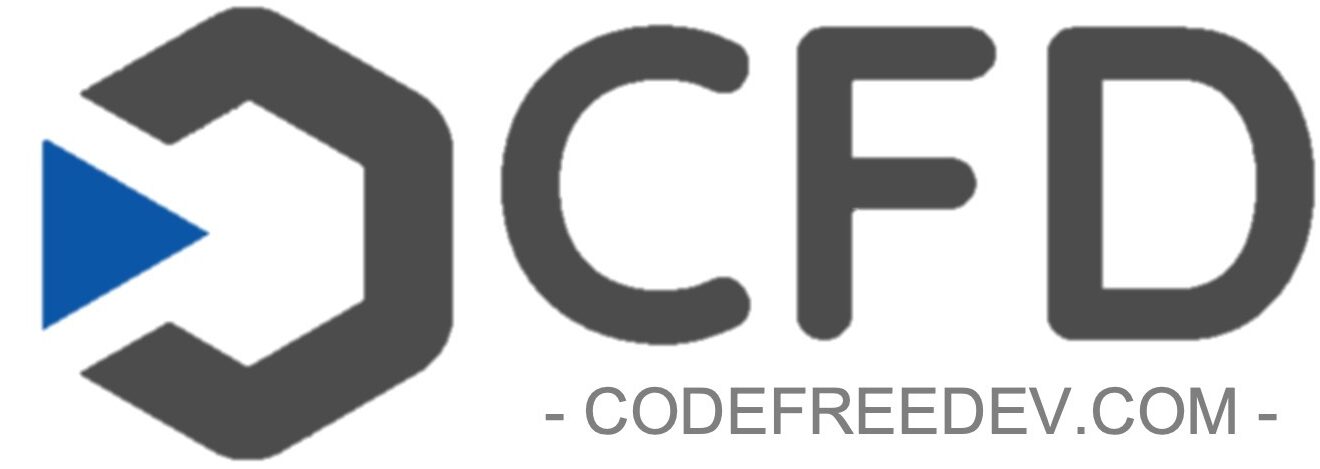Introduction:
The no-code movement has revolutionized the way we create websites and apps, empowering individuals with little or no programming knowledge to design and develop their projects. In this article, we will explore how to create accessible no-code projects that cater to the needs of people with disabilities. By incorporating accessibility best practices, you can ensure your no-code creations are user-friendly for everyone, including those with visual, auditory, cognitive, and motor impairments.
1. Understanding Web Accessibility and No-Code Tools:
Web accessibility refers to the practice of designing websites, apps, and other digital content in a way that accommodates people with disabilities. No-code tools, such as Webflow, Bubble, and Adalo, have made it easier for non-technical users to create their projects without writing code. However, it’s crucial to ensure these no-code projects are accessible to everyone, regardless of their abilities.
To achieve this, consider following the Web Content Accessibility Guidelines (WCAG), a set of recommendations for making web content more accessible to people with disabilities. Familiarize yourself with these guidelines and incorporate them into your no-code projects to provide an inclusive experience for all users.
2. Designing for Visual Impairments:
To accommodate users with visual impairments, use high contrast colors for text and background elements. This helps ensure that your content is easily distinguishable and readable. Additionally, make sure your no-code platform allows you to add alt text to images, which provides a text description of the image for screen reader users.
When designing the layout, prioritize a logical and consistent structure. This will help users navigate your site or app with ease, regardless of the assistive technology they use. Lastly, ensure that all interactive elements, such as buttons and links, are easily identifiable and distinguishable from non-interactive elements.
3. Catering to Auditory Impairments:
For users with auditory impairments, providing captions or transcripts for audio and video content is essential. Many no-code platforms offer built-in tools or integrations with third-party services that can help you add captions or transcripts to your multimedia content.
Additionally, consider using visual cues or sign language interpretation for essential audio content, ensuring that users with hearing impairments can access the information on your no-code project.
4. Supporting Cognitive Impairments:
To support users with cognitive impairments, aim for simplicity and clarity in your content and design. Use clear, concise language and avoid complex sentence structures. Break up long blocks of text with headings, bullet points, or images to make it more digestible.
Ensure that navigation menus are consistent and easy to understand. Use descriptive labels for buttons and links, and avoid using ambiguous terms. Finally, provide a clear hierarchy and structure to your content, making it easier for users to process and understand the information presented.
5. Accommodating Motor Impairments:
For users with motor impairments, make sure your no-code project can be easily navigated using keyboard-only input. Ensure that all interactive elements are reachable and operable with the keyboard alone.
Additionally, avoid implementing time-sensitive actions or content that may be challenging for users with motor impairments to engage with. Instead, provide ample time for users to complete tasks and interact with your site or app.
6. Testing and Validating Accessibility:
Once you have implemented accessibility features in your no-code project, it’s crucial to test and validate them. Use accessibility testing tools, such as WAVE or aXe, to identify any issues that may have been overlooked.
Additionally, consider involving users with disabilities in the testing process. Their invaluable feedback can help you refine your no-code project’s accessibility features and ensure a truly inclusive experience.
Conclusion:
In today’s digital age, accessibility should be at the forefront of every no-code project. By following the guidelines and best practices outlined in this article, you can create websites and apps that cater to a diverse audience, including those with disabilities. Not only does this demonstrate social responsibility and empathy, but it also expands your potential user base, ultimately leading to better engagement and user satisfaction.
Remember that accessibility is not a one-time consideration but an ongoing process. As you continue to develop and refine your no-code projects, always prioritize the needs of all users, regardless of their abilities. By doing so, you’ll create a more inclusive and equitable digital landscape, paving the way for a brighter and more accessible future for everyone.
- Learn To Create No-Code Database-Driven Applications - June 1, 2023
- Common Mistakes in No-Code Development - May 31, 2023
- Learn No-Code Development for Free - May 27, 2023

